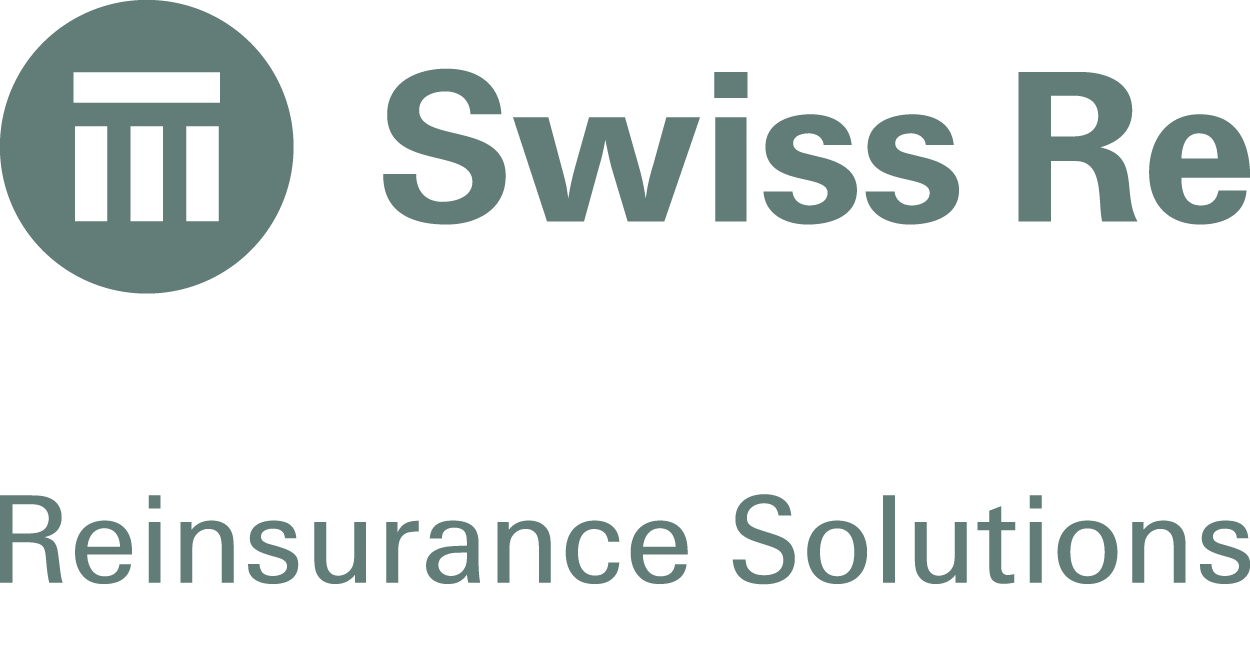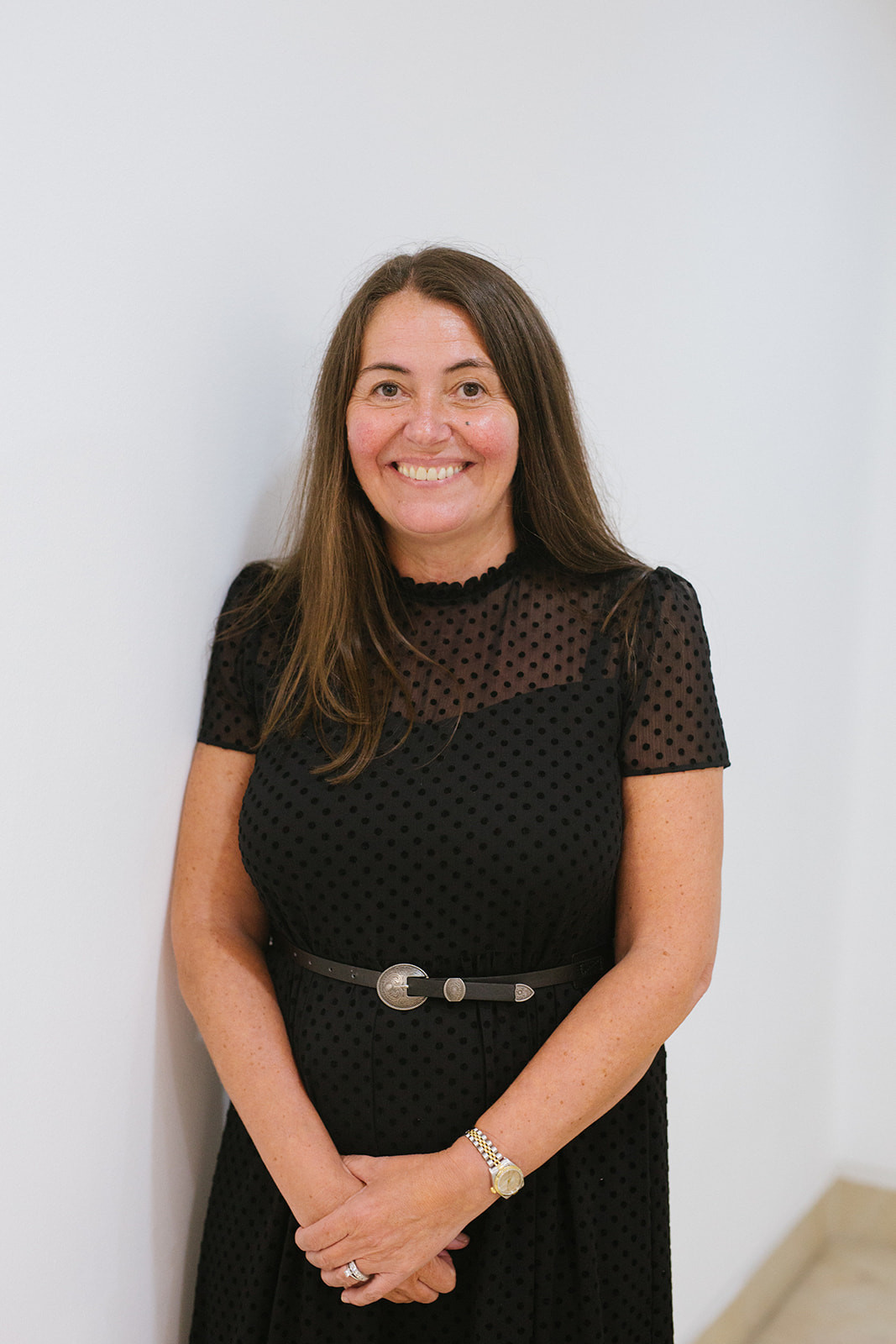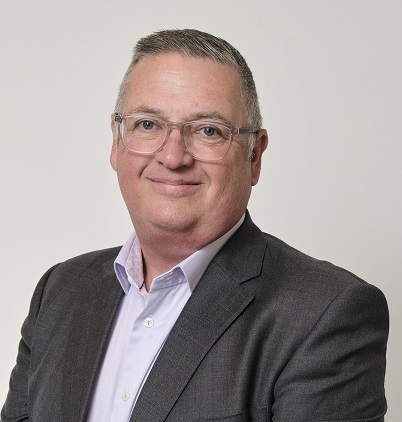Insur.Tech.Talk: Insurtech Insights x Anil Vasagiri, Head of Property Solutions, Swiss Re
In celebration of Swiss Re’s newfound acquisition of Fathom, Megan Kuczynski, President of Insurtech Insights, sat down with Anil Vasagiri, Head of Property Solutions at Swiss Re, to consider how this will expand their offering and improve client solutions.
Q. Anil, it’s great to catch up! Let’s start by discussing Swiss Re’s Property Solutions proposition. What’s it all about? Describe it to me!
A. Property Solutions offers a unique and differentiated proposition that provides clients with next level risk knowledge and insights, backed by flexible and bespoke solutions that address their specific growth needs and profitability challenges in property insurance.
Consistent with Swiss Re’s mission to make the world more resilient, we aspire to help clients enhance their resilience and create value for society by leveraging our:
- Global expertise based on a network of professionals across the world, all of whom have deep knowledge and experience in climate change, natural catastrophes, the protection gap, and other themes highly relevant to property insurance and reinsurance;
- Data and analytics solutions such as CatNet® and Rapid Damage Assessment, which combine extensive capabilities in extreme event modelling with data from various sources (e.g. satellite imagery, remote sensing and expertise in artificial intelligence and machine learning) to give clients insights that enhance risk assessment, pricing, underwriting and claims management;
- Risk knowledge based on a strong understanding of the property risk landscape, and the emerging trends and challenges which help clients quantify, manage, and mitigate their exposure to natural catastrophes and climate change;
- Innovative capabilities such as parametric covers, index-based solutions, alternative risk transfer, digital platforms and ecosystems, which allows co-creation of solutions with clients and partners, as well as testing and learning from new ideas and approaches.
Q. There has been plenty of discussion around ‘secondary perils’ in recent times. Are secondary perils a growing concern? If so, why?
A. They are. Secondary perils such as floods, wildfires and hailstorms are often overlooked or underestimated by traditional risk models, but these extreme event systems can cause significant losses and disrupt communities and businesses.
Swiss Re’s research shows that these secondary perils are becoming more severe and unpredictable due to the changing climate, accounting for 81% of the global insured losses from natural catastrophes in 2023. The impact of secondary perils is expected to further increase in the coming years due to urbanization and economic development in regions vulnerable to extreme weather systems.
Q. Congratulations to Swiss Re on their recent acquisition of Fathom! How will Swiss Re’s solutions better serve its clients through its expanded offerings with Fathom?
A. We are thrilled to have Fathom, a leading provider of flood risk data and analytics, as part of the Swiss Re group! The acquisition of Fathom will significantly enhance our natural catastrophe modeling capabilities related to all forms of the flood peril (pluvial, fluvial and storm surge), allowing us to offer more innovative solutions to our clients.
We believe that Fathom’s high-resolution data and analytics will play a critical role in advancing the understanding and management of flood risk across different geographies/portfolios, providing more accurate risk insights to price flood risk for our clients. Moreover, by combining Fathom’s data with Swiss Re’s tools (such as CatNet®), we seek to help our clients identify and implement effective risk mitigation and adaptation strategies, promoting community resilience at large.
Q. According to the latest Swiss Re data, the re/insurance industry covered roughly 40% of the economic losses related to natural catastrophes in 2023, indicating a large protection gap across the world.
Swiss Re also estimates that at least $12billion of the $100billion insured losses globally are attributed to flood-related events, which is more than 30% higher than the past 10 years’ annual average. These are staggering statistics.
With this in mind, what is Swiss Re’s vision to close the protection gap for those hit hardest by these catastrophes?
A. Swiss Re’s vision to close the protection gap is centered around providing our clients and impacted communities with access to our advanced risk insights and extreme event models, which enables them to make better decisions on risk accumulation. Our solutions, such as CatNet® and RDA, will enable clients to see their exposure in context and take greater control of their risk management programs.
Additionally, our sustainability ambitions include mitigating climate risk and building societal resilience by driving affordable insurance with digital solutions. The Swiss Re Foundation, as you may know, also continues to play a critical role in strengthening the resilience of communities, focusing on developing capacity to mitigate health, environmental and economic risks, alongside quick recovery from catastrophe events. The Foundation supports partners through evidence-based grant funding and access to Swiss Re’s expertise, particularly in emerging and developing countries and where Swiss Re operates.
Q. “Climate tech” has become quite the buzzword! What trends and/or novel new technologies are you seeing in the industry to address climate change?
A. Successful accomplishment of climate goals will require advances in electricity generation and storage, as well as other sectors and technologies such as plant-based and cultivated meat, alternative fertilizers, eco-friendly crop protection and precision agriculture. This can have a high environmental impact by lowering emissions while boosting efficiency.
Moreover, as the climate changes, solutions such as early warning systems and resilient infrastructure that help cities and regions cope with extreme weather and natural hazards are essential. To better understand and tackle climate challenge, technologies such as advanced satellite imagery and sophisticated modeling tools are also vital, as they allow researchers to gather and process massive amounts of data on the climate system.
While there’s no silver bullet, we continue to see positive momentum in many of these areas. Some of the emerging technology applications I am excited about are:
- The combination of Interferometric imaging with other earth observation technologies to identify deforestation and monitor greenhouse gas emissions;
- The application of Halide Perovskites to significantly boost the efficiency of conventional silicon-based solar cells with minimal added costs;
- The development of Digital Twin of earth systems to formulate more robust adaptation and mitigation strategies.
To read more about Swiss Re’s acquisition of Fathom, visit their website.




